
When it comes to underwater adventures, shipwrecks are the holy grail.
Videos by TravelAwaits
Sunken ships hit a range of interests. For divers, they’re another chance to descend into the great, blue depths. For divers with a love of history, there’s added intrigue; few ships are sunk voluntarily, after all. Even those without an appreciation for seafaring vessels are likely to get caught up in the details.
Unfortunately, shipwrecks are almost always reserved for certified divers and their professional gear.
That’s a pretty big catch for travelers like me who would love the chance to get up-close and personal with a shipwreck but have no plans of getting dive certified.
To put it simply, travelers who aren’t scuba-certified have limited chances to explore life under the sea.
In most cases, at least.
There is one place on earth with leagues of shallow waters, and they’re chock-full of sunken vessels.
Welcome to the Caribbean
The Caribbean is home to the highest concentration of shipwrecks in the world. These sites span centuries of complex (and, at times, very pirate-y) history. They start with Spanish raiders in the 1500s all the way up to modern, planned shipwrecks created for tourists.
The best part? Some of the coolest sunken vessels can be found in shallow waters, meaning they’re fair game for snorkelers in the Caribbean.
With just a handy breathing tube and a functional set of water goggles, you can glimpse some of the most intriguing Caribbean shipwrecks without descending more than a few feet. Many of these snorkel-friendly sites are covered in healthy reefs and surrounded by tropical fish.
Best of all, they’re accessible for Americans in terms of price, distance, and infrastructure.
Snorkelers, assemble! I’m counting down the best Caribbean shipwrecks for snorkelers, along with how to get there, where to stay, and when to go.
(Are you a certified scuba diver, instead? Don’t worry, you can still enjoy all the sites listed here!)
Caribbean shipwrecks that you can snorkel (plus, where to stay)
The Montana & The Constellation (Sandys Parish, Bermuda)
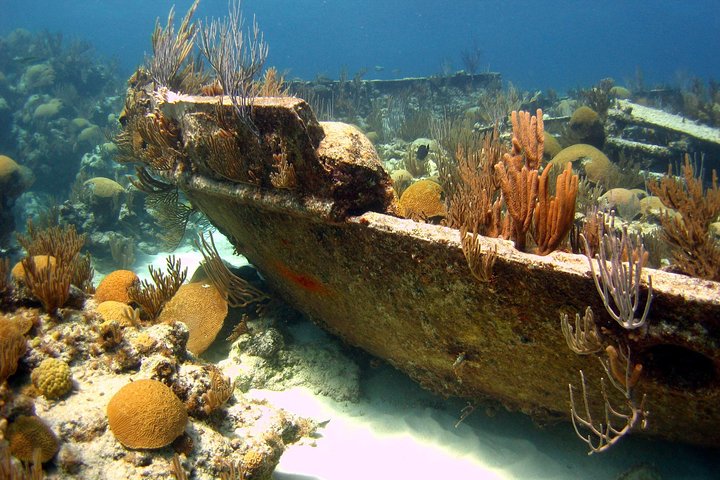
Bermuda is often regarded as the shipwreck capital of the Caribbean, with around 300 wreck sites. In fact, the islands were first discovered by stranded sailors without a vessel. They washed up on the shores back in 1609 thanks to Bermuda’s massive, healthy reefs. Many of these shipwrecks are still visible to snorkelers today.
The Montana (sunk in 1863) and the Constellation (sunk in 1943) are the most well-known picks, as they’re situated on either end of a long reef in Northwestern Bermuda in Sandys Parish. They’re also close to the Western Blue Cut Reef, giving you plenty of chances to get in the water.
But if you’re specifically looking for tropical, colorful reefs, look no further. Because the vessels were sunk around 150 years ago and close to 100 years ago, respectively, they’re overgrown with marine life and home to schools of tropical fish.
How can you snorkel these shipwrecks in Bermuda?
- Dive Bermuda
- Island Tour Centre
- Snorkel Bermuda (TripAdvisor) or Snorkel Bermuda (Viator)
Hotels & resorts that are located close to the wrecks in Sandys Parish:
SS Antilla (Malmok Beach, Aruba)
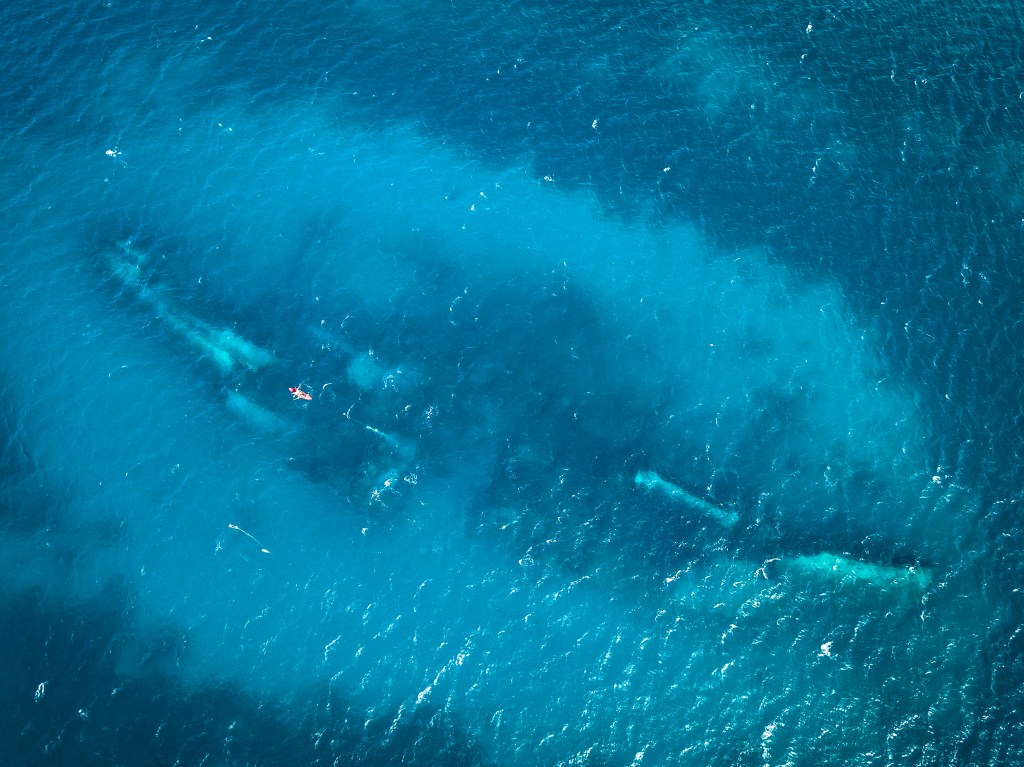
The best Caribbean shipwreck to snorkel in Aruba is the SS Antilla, which is only accessible by boat ride. It’s the third-largest in the Caribbean, as well, giving you tons of space to snorkel around in wonder.
But there’s a historical angle to the Antilla that you should know about.
The SS Antilla was a Nazi cargo ship that was used to transport supplies around the Caribbean. To make a long story short, the SS Antilla docked in Aruba, thinking the Netherlands would remain neutral. Then Germany invaded the Netherlands, ending any neutral port activity.
A group of Dutch marines went to meet with the crew but weren’t allowed onboard. Rather than fall to the Dutch, the ship was set alight, and its crew was handed over as prisoners of war. Almost a century later, the Antilla is still partly intact, now covered in healthy coral just off the coast of Aruba. That means it’s only accessible by boat.
How can you snorkel this shipwreck in Aruba?
- Viator tour from Boca Catalina
- Viator snorkel and sail adventure
- GetYourGuide tour with an open bar
- TripAdvisor catamaran snorkel tour
Hotels & resorts that are close by Malmok Beach
MV Captain Keith Tibbits & Balboa (Cayman Brac & Grand Cayman, Cayman Islands)
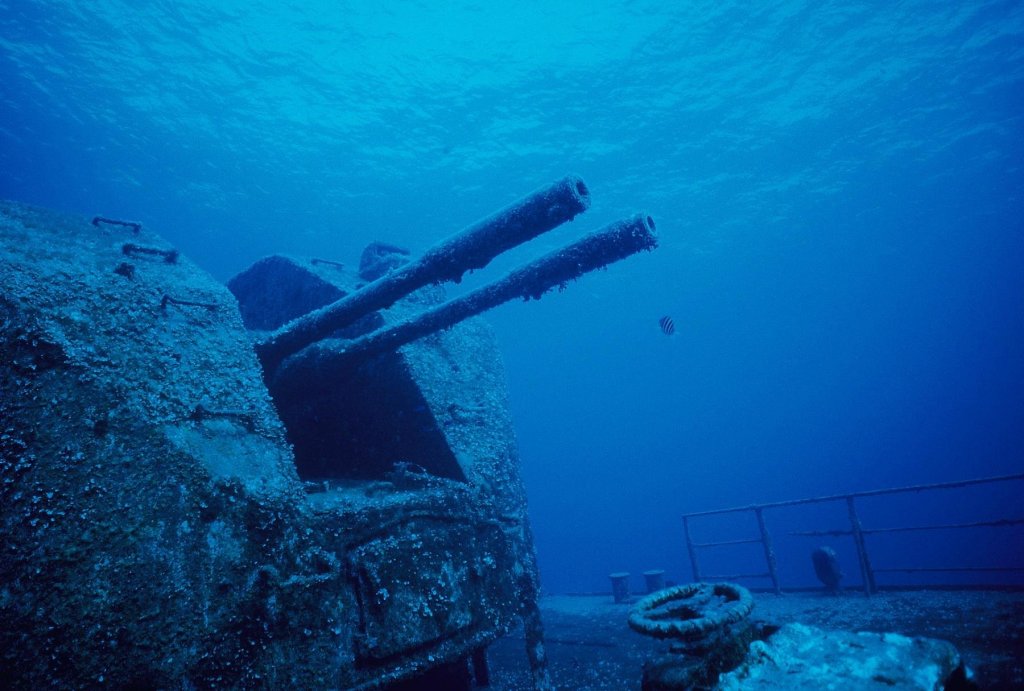
As one of the most pristine regions for diving in the Caribbean, the Cayman Islands are a top choice for divers. But snorkelers will also have options when it comes to exploring a handful of shipwrecks around this British territory.
The MV Captain Keith Tibbits in Cayman Brac, for example, is an intentionally sunk Russian frigate that you can snorkel to straight from the shoreline. However, because it was sunk recently in 1996, there’s not too much coral growth to see compared to other sites. It’s ideal for those who like larger ships, as this is a 330-foot vessel.
On the shores of George Town, by contrast, you can swim out to explore the wreckage of the Balboa. The Balboa went down in 1932, meaning there’s a bit more in the way of coral, so long as visibility is good.
How can you snorkel these shipwrecks in the Cayman Islands?
- MV Captain Keith Tibbits is in Cayman Brac. You can explore this shipwreck by swimming out from the beach. No official tour guides needed. Be mindful of water conditions.
- The Balboa Wreck can be accessed from the beach in Grand Cayman. Once again, you don’t need to join an official tour group. Be mindful of water conditions.
Hotels & resorts that are close by
- (Cayman Brac) Le Soleil d’Or
- (Grand Cayman) Hotel Indigo
- (Grand Cayman) Hampton by Hilton
Carlisle Bay Shipwrecks (Carlisle Bay, Barbados)

While Bermuda comes out ahead in terms of the sheer number of Caribbean shipwrecks in its shallow waters, Barbados’ Carlisle Bay is actually known as the Shipwreck Capital of the Caribbean. That’s because it has many well-preserved shipwrecks in a small area, whereas Bermuda’s are spread out across the cay.
In fact, there are so many options in terms of shipwrecks you can snorkel that I won’t list them all here. There’s the Bajan Queen, the Cornwallis, the Barge, the Berwind, and more. The area is also a hot spot for sea turtles, letting you come face to face with hawksbill and green sea turtles.
If you’ll be traveling with a non-diving and non-snorkeling group, Carlisle Bay is a great option, as other members of your group can stay busy on the beach. Plus, Carlisle Bay lets you explore other Barbadian hotspots, like Harrison’s Cave.
How can you snorkel these shipwrecks in Carlisle Bay?
Hotels & resorts in Bridgetown/Carlisle Bay
La Famille Express (Provo, Turks & Caicos)
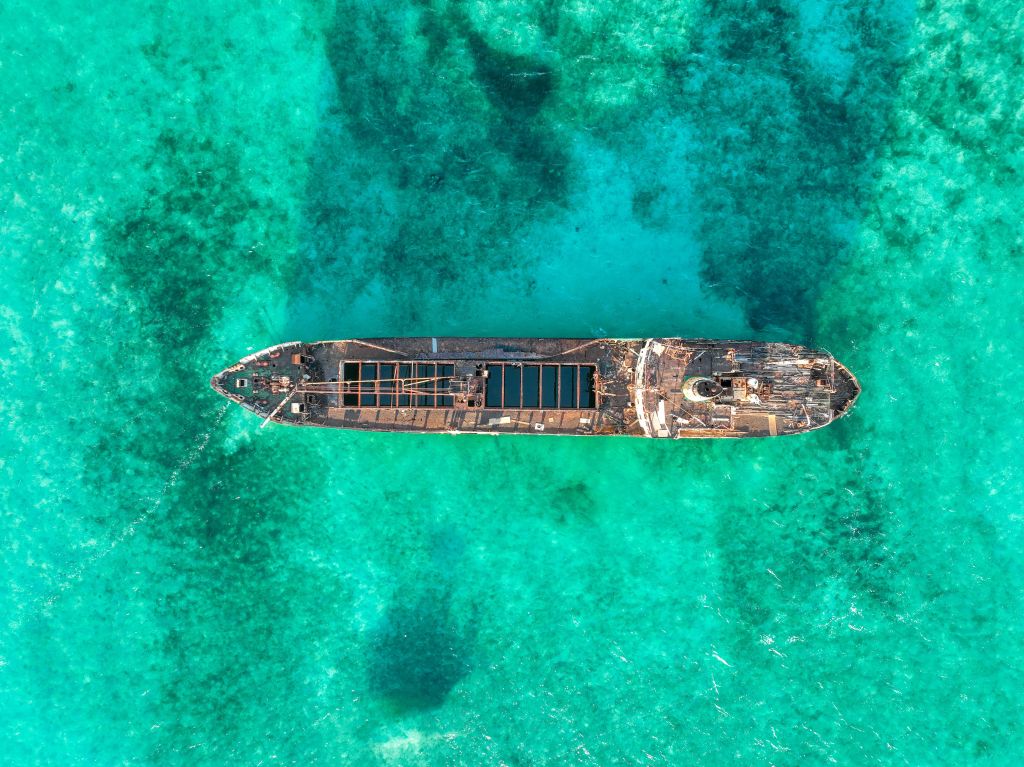
La Famille Express was a massive cargo ship that ran ashore during a devastating hurricane in 2004. It hasn’t been moved from the sands of Providenciales Island (aka Provo) since then.
Uniquely, much of the wreck is above water, making this one of the more visually stunning and grand Caribbean shipwrecks. As with other sites on this list, you still need to book a tour to gain access to the site, which is done via boat. (Or possibly jet ski, depending on your tour.)
Many charters also bundle in other activities, such as other shipwreck tours and even kiteboarding. Just keep in mind that you should not climb this shipwreck—it’s not stable after decades of decay.
How can you snorkel this shipwreck in Turks & Caicos?
- Jet-ski tour from TripAdvisor
- Iguana Island, reef, and shipwreck snorkel tour from TripAdvisor
- Half-day tour plus a floating bar from TripAdvisor
Hotels & resorts that are close by
SS Sapona (Alice Town, Bahamas)
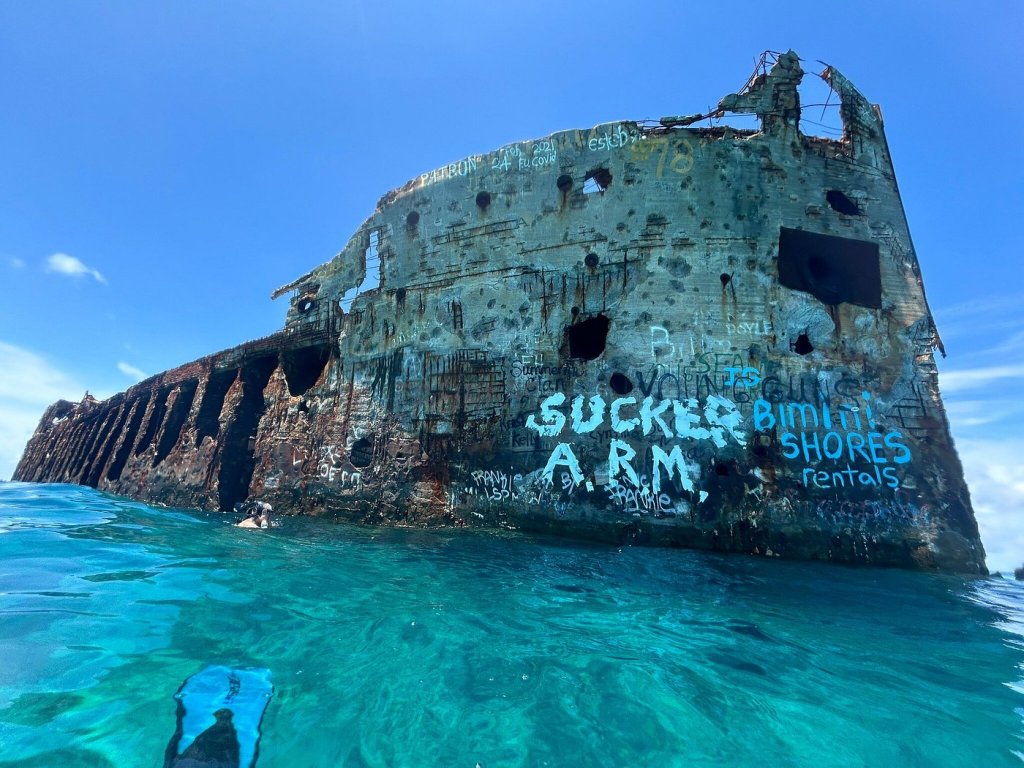
If you’ve been to Bimini before, you’ve probably heard of the SS Sapona. It’s one of the most popular things to do for visitors heading to the Bahamas’ westernmost chain of islands, aka Bimini.
The SS Sapona was wrecked in 1926 during a major hurricane, and today it remains an important navigational landmark for sailors. Prior to sinking, this US ship was docked in the Bahamas with plans to become a floating nightclub and alcohol warehouse to bypass Prohibition laws in the US.
But that’s another story. Today, the SS Sapona is a top pick for snorkelers, as the wreck has since become a healthy artificial reef that’s home to schools of tropical fish. (It’s also been graffitied, in case you’re into aquatic art.)
I’d also recommend exploring the submerged Fountain of Youth on your snorkeling tour of Bimini! There’s not too much to see, but you might consider poking around if everlasting life piques your interest.
How can you snorkel this shipwreck in Bimini?
Hotels & resorts that are close by in Alice Town
FAQs: Snorkeling at Caribbean shipwrecks
Do you need to bring snorkeling gear to explore Caribbean shipwrecks?
The easiest way to explore the sites listed here is by signing up for a tour. When you sign up for a tour, your guide will provide all the necessary equipment to explore the shipwreck, from fins to goggles to breathing tubes. That means you don’t need to bring any equipment with you.
However, if you have a pair of goggles or a mask that you love, feel free to bring them along. The equipment provided won’t necessarily be specialized, meaning the gear you have at home works just fine—so long as you have the space to pack it.
When is the best time to go snorkeling at Caribbean shipwrecks?
Generally speaking, the best time to snorkel (and dive) in the Caribbean is from December to April during the dry season. That’s when currents are calmest, the water is clearest, and you’re less likely to experience cloudy weather and rainstorms. That being said, you can explore Caribbean shipwrecks any time of year. The temperature stays warm year-round.
How can you stay safe when you snorkel at shipwrecks?
You should always listen to your tour guide when it comes to the best safety practices at Caribbean shipwrecks. Your guide should have plenty of experience navigating the waters and tell you what to look out for.
That being said, there are a few general rules that will keep you safe. When snorkeling at shipwrecks, always maintain sight of your group. Don’t let yourself drift too far from the group or shore. Additionally, don’t touch any marine life or coral that you see. It helps preserve the reefs you love to explore, and also prevents injury—coral is sharp, y’all!
What kind of wildlife will you see when you snorkel in the Caribbean?
You’ll see unique marine life at every site. A few of the Caribbean shipwrecks listed here are preferred by sea turtles, including those in Carlisle Bay and the Bahamas. Aside from sea turtles, expect to spot fish like surgeonfish, angelfish, and wrasses, plus other reef locals like sea stars, sea urchins, and anemones.
